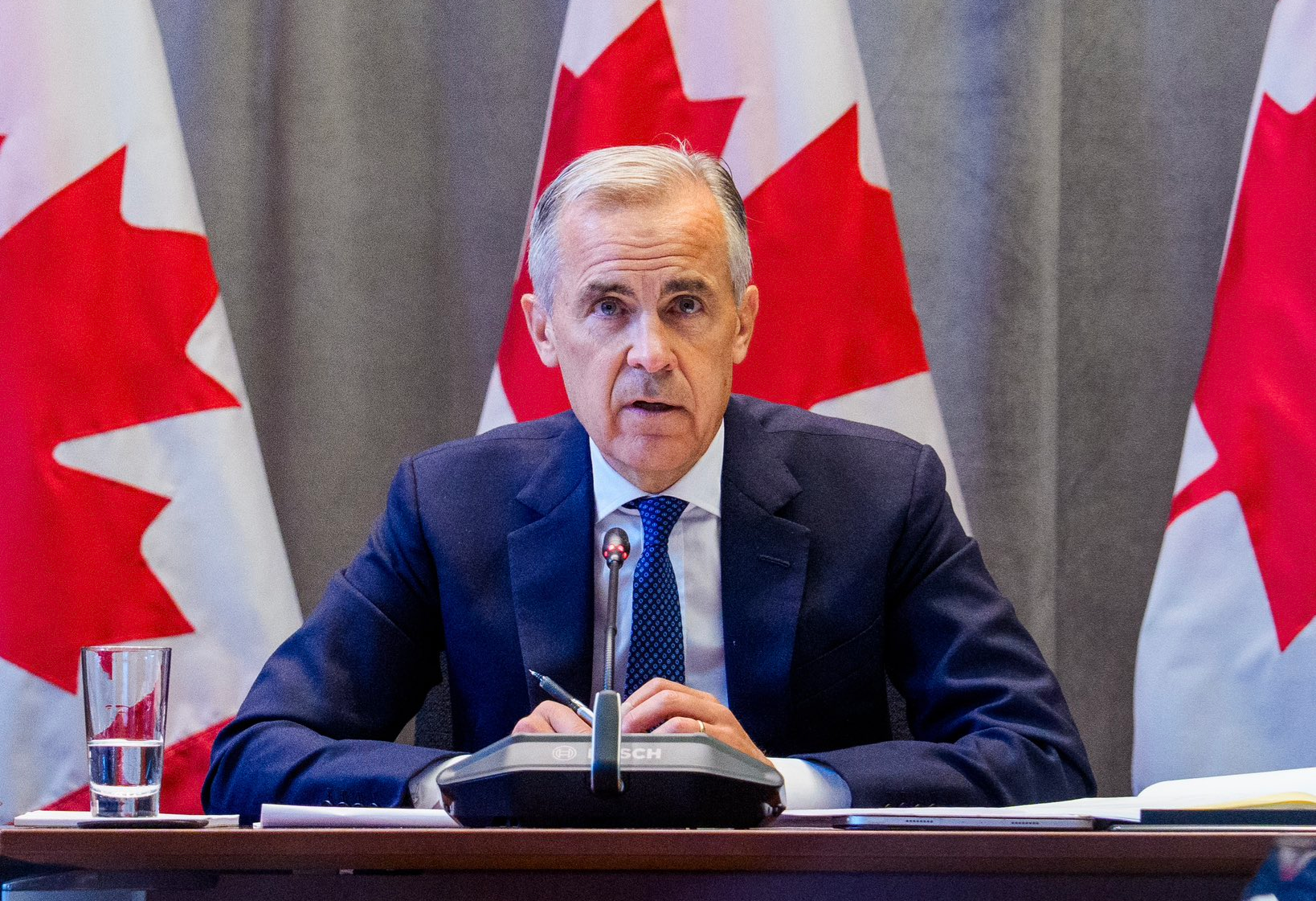
As collective agreements covering more than 125,000 federal public servants expire in October, the Public Service Alliance of Canada (PSAC) has entered what will likely be a contentious round of bargaining. What’s more, a potentially massive cut to the federal workforce is looming, which is already having significant impacts on workers and service users alike.
Federal public servants deliver key social programs, including Employment Insurance and child and senior’s benefits, and are also responsible for a wide range of technical and physical infrastructure on which Canadians depend. If planned government cuts come to pass, the jobs of the workers who deliver those services could be at great risk.
In February, PSAC served its notice to bargain covering the union’s largest employee groups, including those working in program administration and technical services. The union later served bargaining notices on behalf of members in operational services and education and library services. Members, meanwhile, gathered in Montreal to elect bargaining representatives and discuss negotiation priorities.
As the union press release at the time stated, “Members are united and mobilized heading into this round of bargaining on the heels of PSAC’s historic national strike in 2023.” In that year, public servants engaged in a largely successful nation-wide strike, which generated a surprising amount of public support during a widely-felt cost-of-living crisis.
The collective agreements covering PSAC’s major employee groups that were ratified following the 2023 strike recently expired, including in June and July.
In June, bargaining officially began, with the union identifying key issues it wants to see addressed. Thousands of members participated in a bargaining survey and provided input on union proposals, citing fair compensation, better job security, safe workplaces, and expanded remote work options as key demands.
Overshadowing the negotiations, however, is the threat of deep cuts to the federal public service. PSAC and other federal public sector unions have been warning for months about the potentially catastrophic impact of the Liberal government’s proposed plan to cut spending by 15 per cent.
In November, PSAC expressed “serious concern” that announced funding reductions would significantly impact jobs. According to the union, at that time the government unilaterally indicated to them that it planned to pursue cost-cutting across the public sector, without any prior consultation with unions.
As PSAC has pointed out, the government’s funding restraint agenda has changed considerably over the past two years, growing ever more dire in its potential effects on workers. In 2022, then Treasury Board president Mona Fortier said the government would find $6 billion in savings through increased remote work and downsizing federal real estate. Since then, the government has imposed in-office mandates, which angered federal public servants and necessitated maintaining office space.
Last year, then president of the treasury board Anita Anand promised no job losses, and then 5,000 positions were eliminated through “attrition.” The story has since developed. As PSAC summarized, “The government is now widening the net, looking to cut term and casual employees, and opening the door for departments to slash permanent employees through Workforce Adjustment.”
In May, the union filed policy grievances on behalf of members at Transport Canada, citing the employer’s failure to follow the workforce adjustment protections outlined in the collective agreement.
Last month, the union issued a further warning, raising alarm as the impact of job cuts are already beginning to be felt. A government spending review included an announcement of deep cuts: 7.5 per cent in 2026-27, 10 per cent in 2027-28 and 15 per cent in 2028-29.
According to PSAC, more than 10,000 jobs have already been lost, with no plan to maintain the services that those positions supported. Additional cuts have been announced at the Canada Revenue Agency and Employment and Social Development Canada, which houses programs such as Labour Program, enforcing federal employment standards and generally supporting workers.
The government has also suggested that AI and “hiring caps” offer paths toward spending restraint, propositions that unions have also challenged.
So far, the impacts of job loss are falling especially hard on newer and younger federal public servants, jeopardizing program staffing in the process. According to reporting in The Globe and Mail, nearly 80 per cent of the 9,807 workers who lost federal public sector jobs between 2024 and 2025 were in their twenties.
At the same time, because many of these positions were casual, temporary or student positions, the financial savings will be slight. If the government continues to pursue its plan for spending contraction, much deeper cuts involving senior personnel will be the necessary consequence.
Indeed, as David Macdonald at the Canadian Centre for Policy Alternatives (CCPA) estimates, to achieve the government’s spending reductions while making good on promised military expansion and tax cuts, more than 57,000 additional full-time positions would need to be eliminated by 2028.
Because the Department of National Defence, RCMP, Canada Border Services Agency, Supreme Court and the Parliamentary Budget Officer are also exempt, the cuts will necessarily fall on departments and programs delivering services to the public, such as the Canada Revenue Agency, Employment and Social Development Canada, and Immigration, Refugees And Citizenship Canada.
Eliminating more senior workers with technical expertise could place many programs and services in jeopardy. The union has in fact warned that the government’s workforce reduction plans were introducing widespread job uncertainty and leaving service users in limbo.
In early July, the results of last year’s Federal Public Service Employee survey highlighted further the issues about which the unions have been warning. According to the survey results, 22 per cent of federal public servants were still being impacted by issues with the Phoenix pay system, while 62 per cent were “stressed” about whether they are being paid correctly.
Issues of racism and discrimination also continued to affect federal public servants. Only 54 per cent of racialized workers felt comfortable raising issues related to racism without fear of reprisal. For Black and Arab workers, that figure dropped to 45 and 50 per cent, respectively. Meanwhile, 16 per cent of Indigenous workers reported experiencing discrimination at work in the past 12 months, an increase over previous years.
As PSAC summarized the results, “Workers are feeling overworked, facing deteriorating office conditions, dealing with ongoing discrimination in the workplace, frustrations with the Phoenix pay system and worsening work-life balance, to name a few of the major issues highlighted in the survey results.”
If Prime Minister Mark Carney’s government stays the course, workers and the broader public may soon be facing cuts that rival the austerity undertaken in the 1990s by the Jean Chrétien government. The damage done then is still with us today, from underfunded post-secondary institutions, to a health-care system that nearly collapsed during the pandemic and has barely recovered.
The threat posed by United States President Donald Trump’s trade war is providing the Carney Liberals with the political and economic justification to undertake their program of austerity. Federal workers and the public they serve are being forced to bear the cost of the trade war and the economic fallout.
Federal public sector unions will be the first line of defence in opposing this regressive agenda. Successful resistance, however, requires that unions build alliances with a broad section of the public to ensure that the costs of capitalist crisis aren’t imposed on workers and service users.
Recent Class Struggle Issues
- August 11 | The Sky Is The Limit For Airline Workers’ Labour Militancy
- August 5 | Labour Mishandled The Government’s Bill C-5 Power Grab
- July 28 | The Income Gap In Canada Has Reached A Record High
- July 21 | Amazon Workers In B.C. Have Won Union Certification







